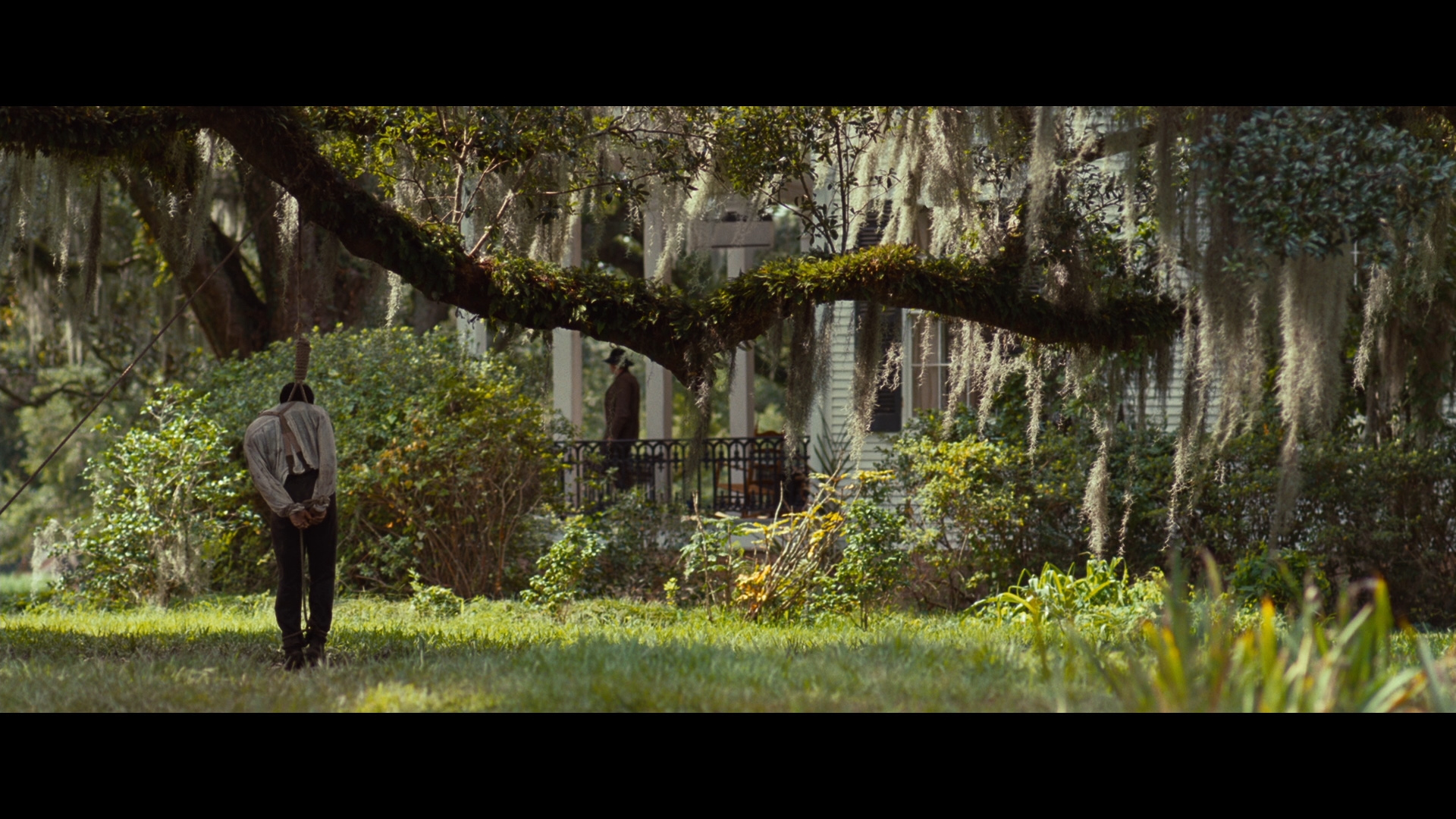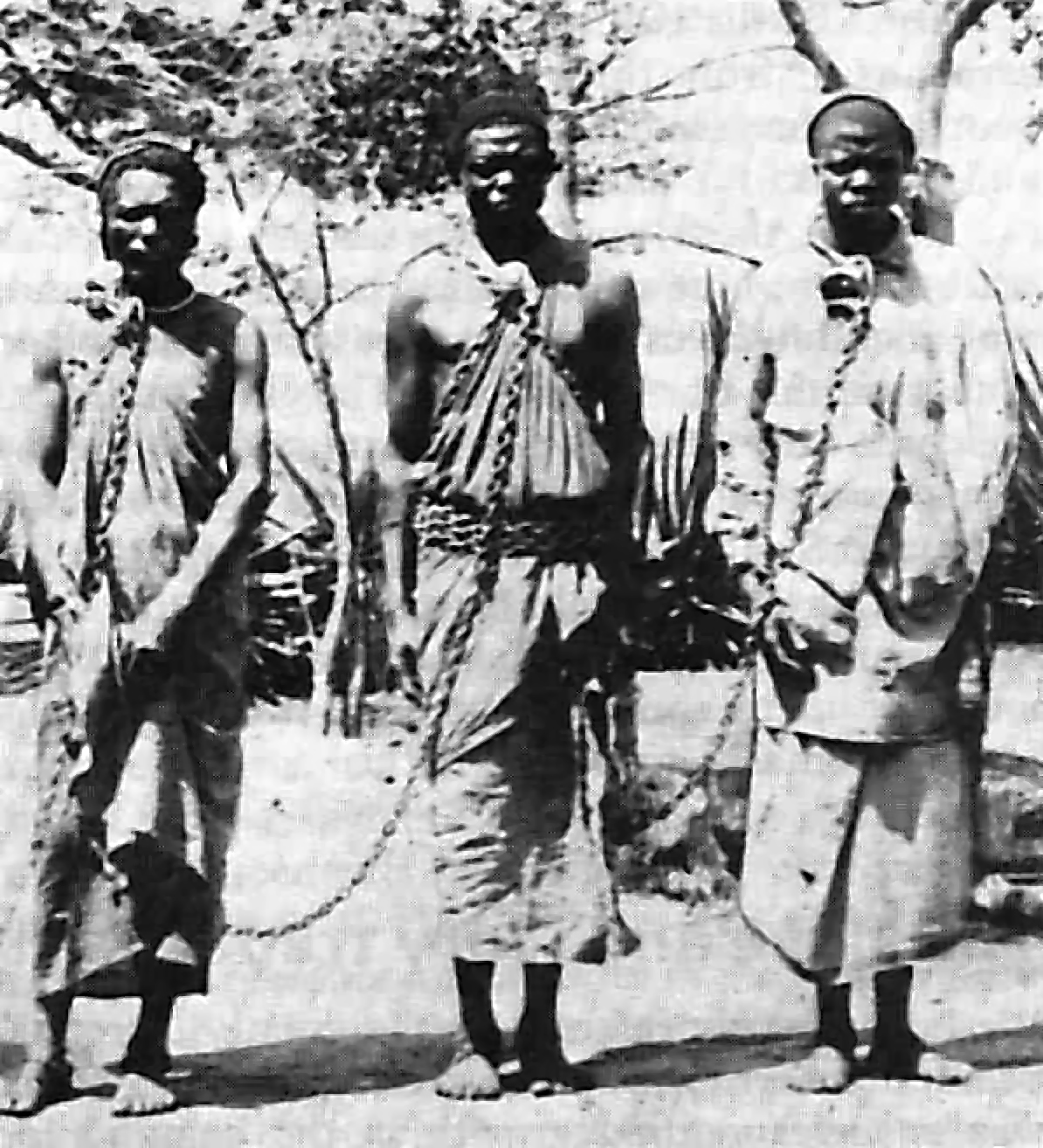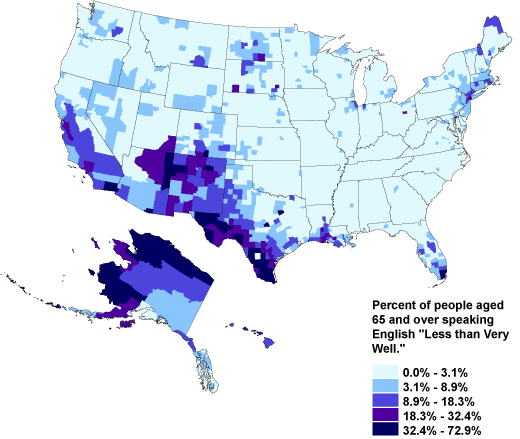
Carol Moseley Braun:
Carol was an American politician and lawyer who represented Illinois in the United States Senate from 1992-1999. Being an African-American shows that there has been a huge amount of change with race and the United States because Carol Braun is an example of the difference between now and 100 years ago. This also shows progression as well because for an African-American to be represented in the Senate, proves that race is no longer an issue nowadays. It also shows progress because it is an African-American woman and not a man- which shows that equality has also progressed along with race.
However, the idea that race has changed and progressed could just be ideological because whiteness shifts over time and slowly brings in immigrant group after immigrant group, so that eventually they become 'white'. Also there are different terms for race for example, coloured and not black means that the white and black binary is changed and this makes it equal. Or race may have changed because race is a historical product and is a cause of racial thinking, so people's mindset has probably changed over the years 'allowing' Carol to become a politician and a lawyer.
Since 1992-1999, there hasn't been another African-American woman in the same position as Carol which may indicate that there actually hasn't been any change at all and that Carol was a 'one off''. However this could just mean that modern day African-American woman don't want that kind of job, or the population is predominately non-African-Americans, or that race actually hasn't changed even today- when equality is as equal as ever.
Journal article: What ever happened to... Carol Moseley Braun?
This is an interesting article which makes you question race in this day and age and whether it has made any progress etc. over the years.
"She ran for president in 2004 because of a conversation with her young niece, who pointed out that "all the presidents were boys.""
"Moseley Braun was the first, and to date only, African-American woman elected to the Senate."
"Moseley Braun says she has no plans to run for elected office again."
First of all the first quote shows that the lack of woman in politics was really obvious because a child could point it out, and that even though Carol did get represented it wasn't the norm- which must have been inspiration for many African-Americans and African-American woman especially. However this does also show that if you are determined enough, opportunities are there in the USA, even with incidents like this when it may seem like it is not an option.
The second quote shows that there was a breakthrough relating to race because she was the first, but then it goes on to say the only, as if suggesting that race hasn't actually progressed at all or at least very little since then. Although there has been an African-American president- but it isn't a woman.
The third quote suggests that she has made her point that African-American woman and men can be represented in the Senate (because she has done it), and this shows that race must be progressing because 100 years ago it may not have been the case that Carol was representing. But when it says that she has no plans to run for elected office again shows that it is possible to become a politician but you can only go so far, which makes you question whether race has changed over the years or not.
Sources:
http://www.biography.com/people/carol-moseley-braun-205626#synopsis
izquotes.com
Journal article: By Lunney, Kellie, national journal, 03604217, 11/3/2007, vol. 39, Issue 44
Grace La Traille




















